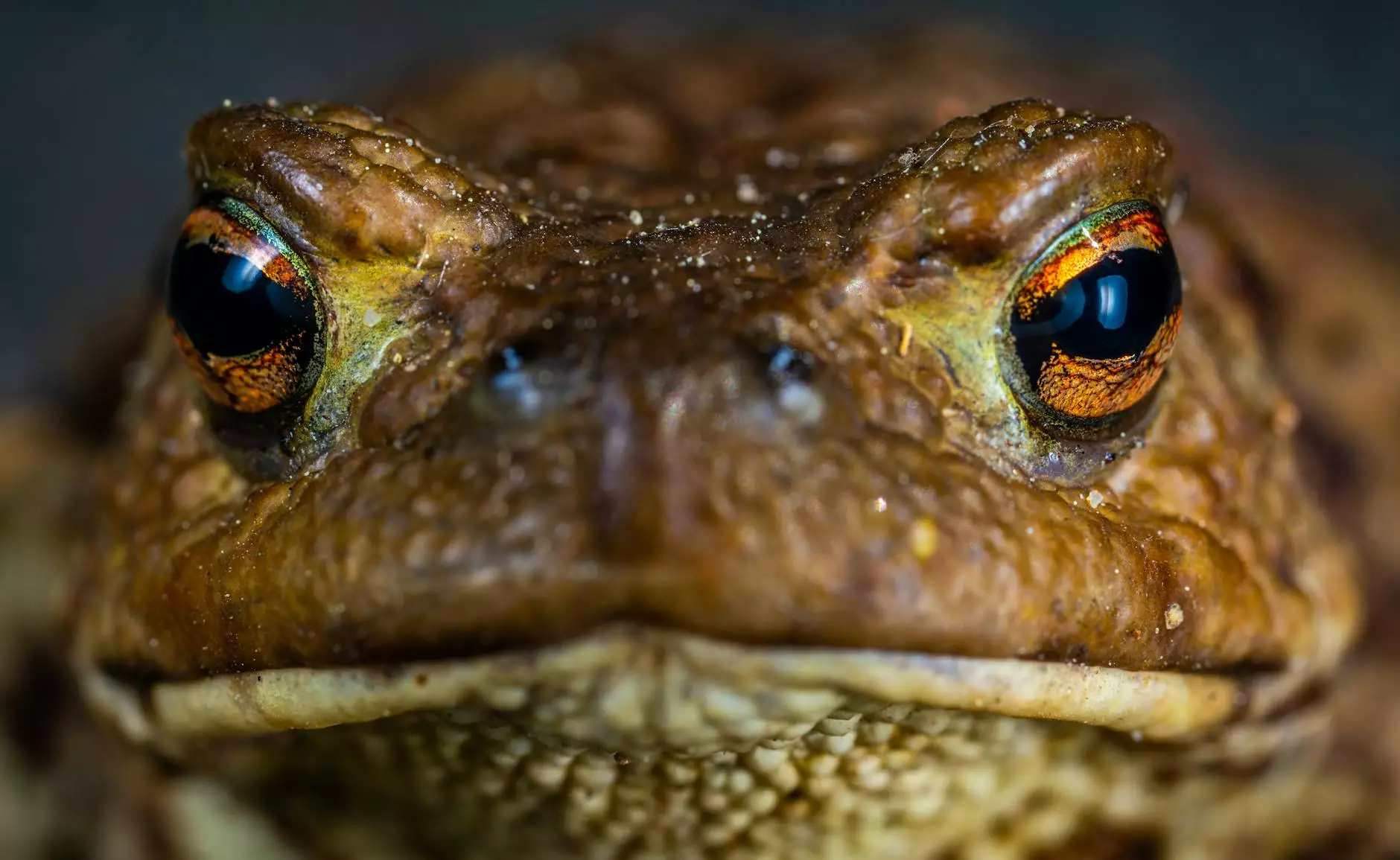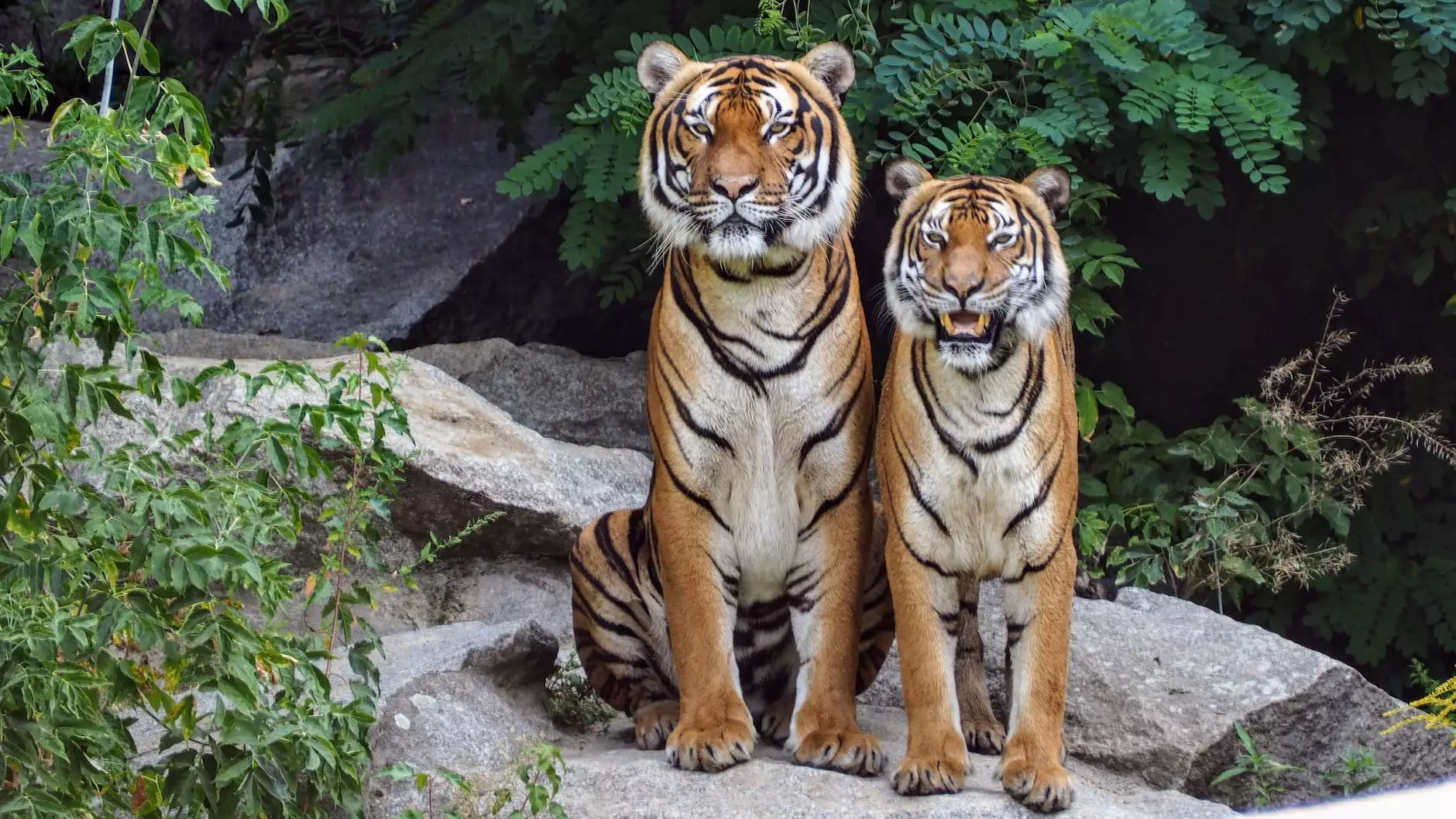Level 9 - A Frog Has a Sticky Tongue
Biography
Introduction
Welcome to Marjorie Cowley's Level 9 book in the exciting series of nature and wildlife exploration. In this installment, we dive into the captivating world of frogs and their incredible sticky tongues. Frogs are unique creatures, found in various habitats across the globe, and their remarkable hunting mechanism has fascinated humans for centuries.
The Fascinating World of Frogs
Frogs are amphibians that belong to the Anura order. They are known for their ability to live both in water and on land. With over 7,000 known species, frogs come in a magnificent array of sizes, shapes, and colors, making them an intriguing subject of study for scientists and nature enthusiasts alike.
Frogs and Their Sticky Tongues
One of the most intriguing aspects of frogs is their unique tongues. While humans use utensils to eat, frogs possess a natural tool that allows them to catch prey with great precision - their sticky tongues. These specialized muscles coupled with glandular secretions make their long and elastic tongues sticky, creating an ingenious hunting mechanism.
The Hunting Process
When hunting, a frog will patiently wait for its prey to come within range. As soon as an insect or small animal is detected, the frog will swiftly extend its tongue, which can reach impressive lengths depending on the species. The tongue adheres to the prey due to the sticky mucus, and within fractions of a second, the frog retracts its tongue, bringing the captured prey directly into its mouth.
Types of Frogs
With such a vast number of species, frogs exhibit incredible diversity. Let's explore a few notable types of frogs:
Tree Frogs
Tree frogs are highly adapted to life in the trees. Equipped with expanded toe pads, they have a remarkable ability to stick to vertical surfaces. Their vibrant colors and melodious calls make them both visually stunning and audibly captivating creatures.
Poison Dart Frogs
Poison dart frogs are famous for their vibrant coloration, which acts as a warning sign to potential predators. These small frogs secrete potent toxins through their skin, which serves as a defense mechanism. They inhabit rainforests and are known for their striking beauty.
Bullfrogs
Bullfrogs are some of the largest frogs in the world. Well known for their deep, resonant croaking sounds, they are found in freshwater habitats, such as ponds and lakes. These powerful frogs have strong hind legs that help them cover great distances when leaping.
Exploring the Frog's Habitat
Frogs can be found in a wide range of environments across the globe. From rainforests to deserts, from swamps to mountains, frogs have adapted to survive in various climates and ecosystems. Their habitat should provide suitable moisture levels, access to food sources, and protection from predators.
Fascinating Frog Facts
- Frogs have been on Earth for over 200 million years, making them one of the oldest species.
- Some frog species can change their skin color to blend in with their surroundings, offering excellent camouflage.
- Frogs are incredibly important in maintaining ecological balance, as they both control insect populations and serve as a food source for other animals.
- Contrary to popular belief, not all frogs say "ribbit." Each species has its unique call, which is used for communication and mating.
Conclusion
In Level 9 - A Frog Has a Sticky Tongue, Marjorie Cowley delves into the captivating world of frogs, revealing their unique adaptations and extraordinary hunting mechanism. From their incredible sticky tongues to their diverse habitats, frogs are truly captivating creatures. Explore the fascinating world of frogs and discover the wonders of nature with Marjorie Cowley's enchanting book series.










